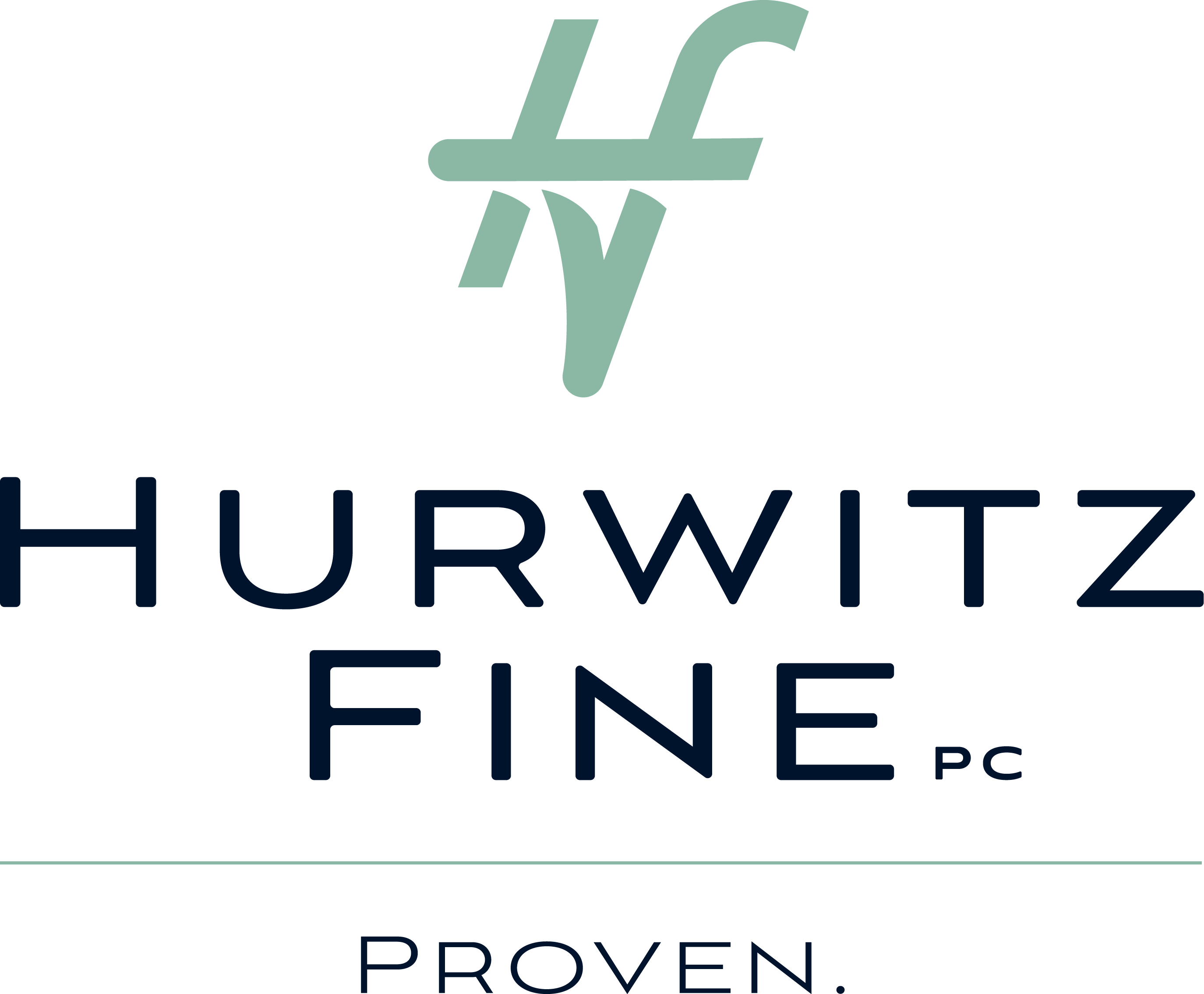By Michael J. Williams, Esq. and Jeremiah E. Lenihan, Esq.
The State of New York and the Seneca Nation of Indians agree on one thing: that the Thruway should continue running through Seneca Nation territory. The question posed in past and current litigation is what, if anything, should New York pay the Seneca Nation for this easement. As with many issues between these sovereigns, a long and complicated history led to this current dispute.
This dispute began with an agreement on October 5, 1954, when the Seneca Nation purported to convey a permanent easement to New York of approximately 300 acres located in the Cattaraugus Reservation in order to permit 2.7 miles of Thruway construction. New York paid $75,500 (around $715,000 today) to the Seneca Nation and lesser amounts to Senecas displaced by the easement. Offer, acceptance and consideration paid, it appears an easement was formed.
However, in 1954, federal law required that the Secretary of the Interior ratify such transactions pursuant to the Indian Trade and Intercourse Act, codified at 25 U.S.C. §§ 177, 323. The Seneca Nation later challenged the validity of the easement agreement but lost in 1993. In that litigation, the Western District of New York (Arcara, J.) did not reach the merits of the claim. Instead, the case was dismissed the Seneca Nation sued the New York State Thruway Authority rather than the State of New York, which was the owner of the easement and proper party. The Second Circuit affirmed the dismissal, holding that New York State was both a necessary and indispensable party under Federal Rule of Civil Procedure 19 and possessed Eleventh Amendment sovereign immunity. Seneca Nation of Indians v. New York, 383 F.3d 45 (2d Cir. 2004) (per curiam).
The Seneca Nation sued again in 2018, this time naming state officials in their official capacity under the Ex Party Young doctrine. This Eleventh Amendment exception permits injunctive relief suits against state officials in federal court to stop ongoing violations of federal law, even when the state itself is protected by sovereign immunity. While the merits are still pending 7 years into litigation, the parties appeared before U.S. Magistrate Judge Michael J. Romer on July 8, 2025, where the court expressed it was “super disappointed” with a failed mediation.
With New York and the Seneca Nation both having filed summary judgment motions, and Judge Roemer requesting supplemental briefing by July 29, 2025, and responses by August 12, 2025, the parties have little time to negotiate before one is firmly in the I-90 driver’s seat. With potentially higher toll increases from Seneca Nation tolls or the Seneca Nation stymying New York access to its territory to maintain the easement section of I-90, both sovereign neighbors should look for a fair and permanent resolution benefiting their mutual interests.

